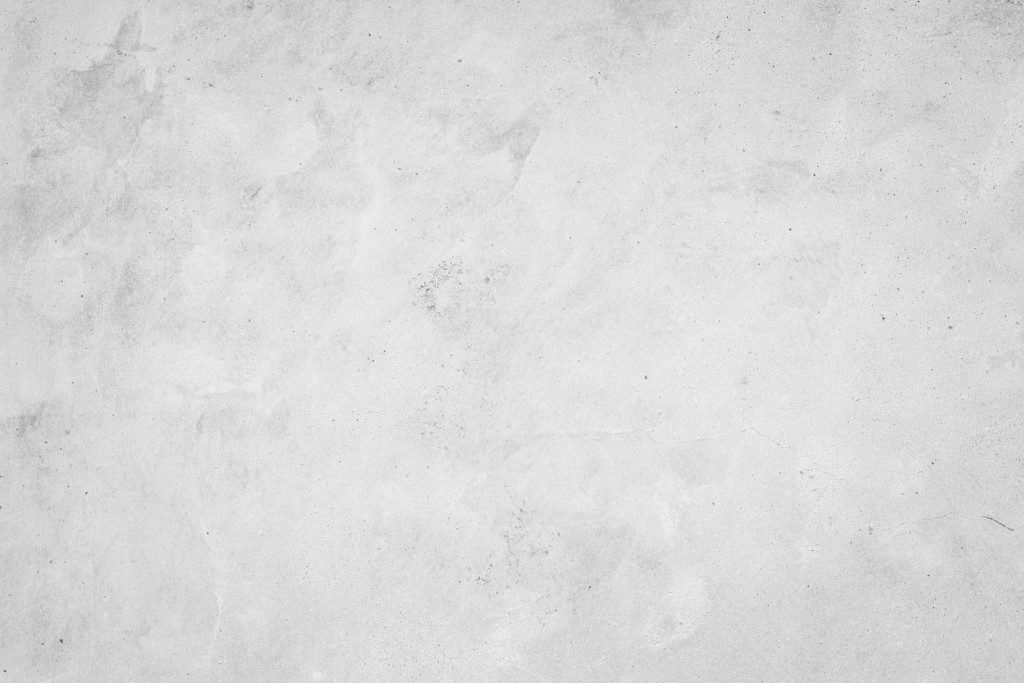Wallpaper has gotten a bad reputation over the years, mostly due to homeowners who insist on installing wallpaper by themselves, only to find out that it’s not easy and then declare that wallpaper just isn’t for them. Lately, however, wallpaper is making a comeback, thanks to well-known interior designers and celebrity homes that extol the virtues of wallpaper’s decorating qualities and textures.
But this isn’t your grandmother’s gingham checked or cabbage roses wallpaper. Although you can still find those today (to each his own right), border wallpaper, which you can purchase from online retailers like Wallpaper Warehouse, now comes in a wide array of modern textures and prints that can provide freshness to any room.
First, Some Wallpaper History
Wallpaper dates way back, even before paint chips, central heating or sheetrock. According to some historians, it was around the 1400s that wallpaper appeared because Flemish craftsmen were looking for an inexpensive alternative to costly wall tapestries. Wallpaper was also popular in China where it was used for decorating homes and blocking out cold drafts.
How to Use Wallpaper

While both paint and wallpaper can easily transform a room, wallpaper offers some unique advantages. It can conceal damaged or flawed walls, soften up irregular or rough architectural features, and join awkward angles. It also comes in a plethora of colors, textures and patterns that you can’t duplicate with typical paint. If you’re not quite certain that you want wall-to-ceiling wallpaper, consider the following ideas.
- As a Focal Point – Instead of another painting, consider installing printed wallpaper on a wall. For example, the wall behind your bed, your dining table or the sofa. You can also do this with border wallpaper to test the waters if you don’t want an entire wall covered with wallpaper.
- Mix and Match – In an entryway, hallway, ceiling, or feature wall, consider putting up a decoupage of wallpapers you like, but stick to one color palette.
- Bring in Some Texture – Wallpaper comes in a wide assortment of subtle to more pronounced textures and materials—from high-end micro-suede and velvet to more affordable jute, glass cloth and metallic.
- Enliven Small Spaces – For instance, a very bold or small print can work well in rooms where wall space is limited such as in bathrooms. Juxtaposed against tile and cabinets, printed wallpaper will accentuate the space and won’t overwhelm it.
Your Options for Putting Up Wallpaper
Although putting up wallpaper might not be as easy as painting, applying wallpaper these days aren’t as laborious as it used. Currently, you can choose from the following.
- Dry Wallpaper – You put paste on the wall and then put the wallpaper over it.
- Pre-Pasted Wallpaper – This already has paste on one side that you just have to activate with water.
- Self-Adhesive Wallpaper – This is similar to contact paper with adhesive on one side and can be applied straight on your wall.
If you’re not ready for your room to be decorated in floor-to-ceiling wallpaper, don’t push it. Bright, bold patterns work perfectly well on a feature wall, your ceiling, and half a wall. Depending on the shape and size of a room or wall, wallpaper is an excellent and flexible way to lend depth and visual interest to a space.

